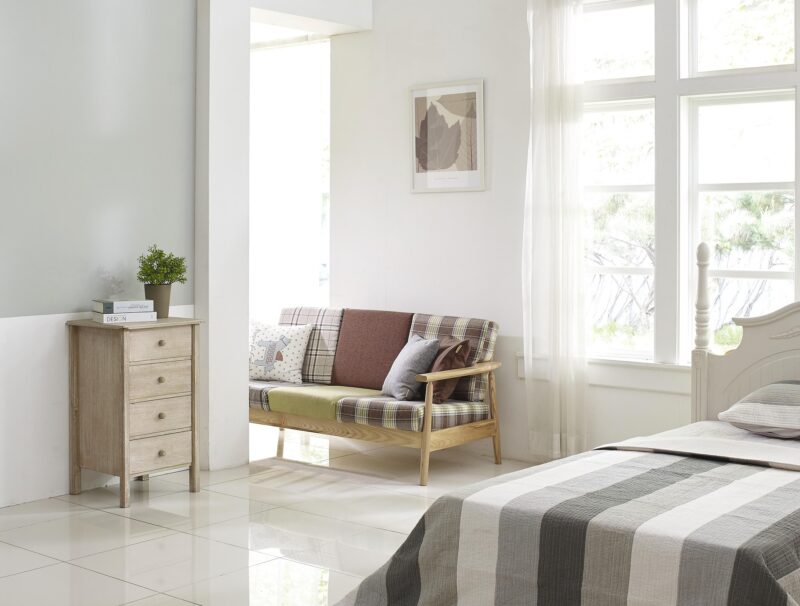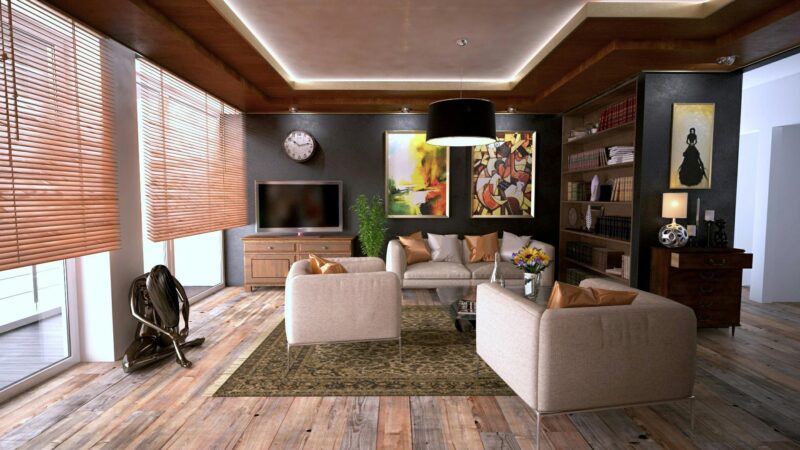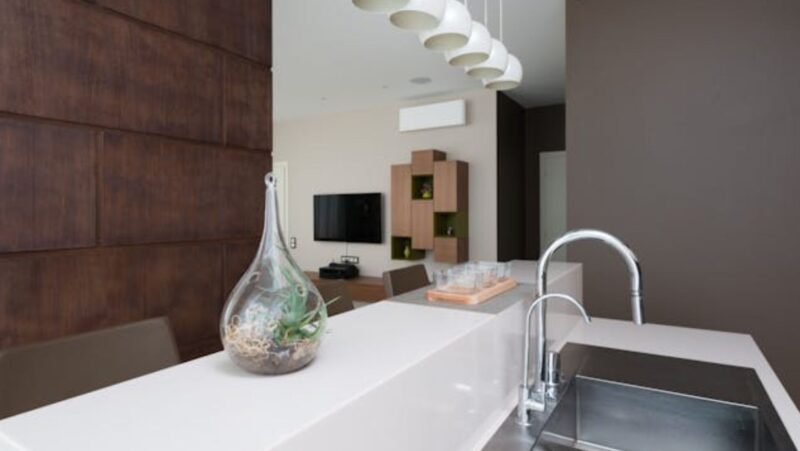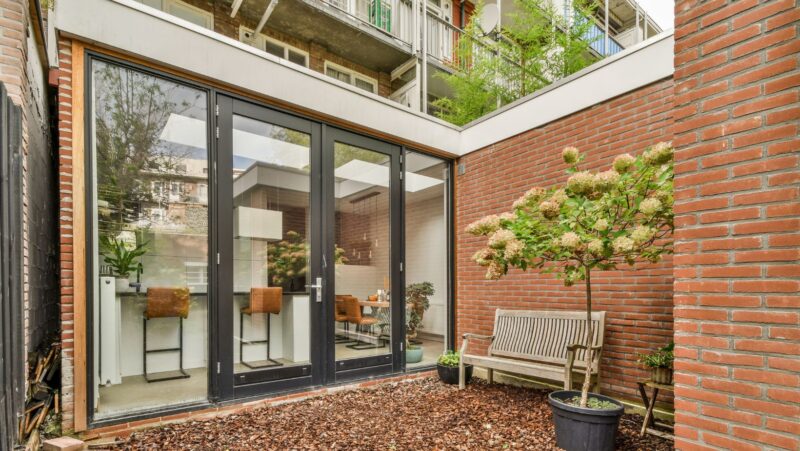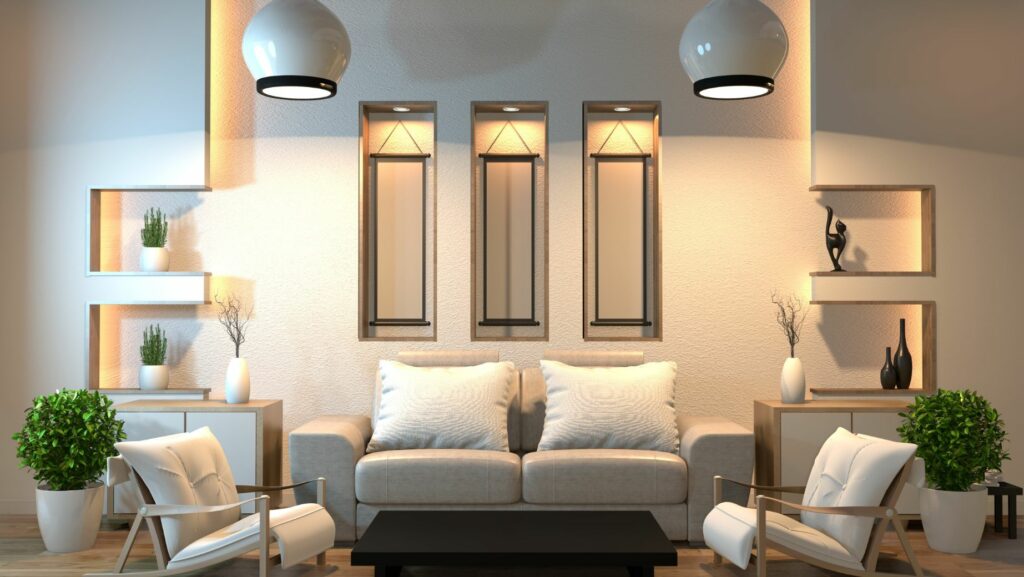
Creating a beautiful home or office is about more than just furniture and decor. Access panels, often overlooked, are vital to achieving a seamless design by hiding messy wiring and plumbing. Whether you’re a design enthusiast or a homeowner, having an access panel is essential. This guide empowers you to transform your interiors, making them functional and visually appealing.
Understanding The Role of Access Doors And Panels
Access doors and panels are like hidden helpers in the design of rooms. They are important because they blend into the room and hide all the pipes and wires inside the walls, ceilings, and floors of homes and offices. These panels are like secret doors that allow us to access these important systems when we need to fix them without causing a mess.
SMS surface-mount access panel is a clever solution because it allows us to access the pipes and wires without destroying the walls or floors. This means we can fix problems without causing damage or inconvenience. They are like secret doors that help us keep our rooms looking nice while still taking care of essential repairs.
How To Choose Access Panel For Your Home or Office
Choosing the right access panel for your home or office is essential to ensure both functionality and aesthetics. Here are the steps to guide you through the selection process:
1. Identify Your Needs
Determine the purpose of the access panel. Is it for concealing plumbing, electrical wiring, HVAC ducts, or other utilities? Understanding the specific function will guide your choice of type, size, and features.
For example, in a home, you might need access panels in the kitchen and bathroom to conceal plumbing for sinks, showers, or bathtubs. In an office, you may require access panels to hide electrical wiring or data connections in meeting rooms or workstations.
2. Measure The Space
Precise measurements ensure that the access panel fits the designated space perfectly. Measure the width, height, and the area where you plan to install the panel.
Refrain from guessing or estimating, as inaccuracies can lead to ill-fitting panels that disrupt the overall design and functionality.
3. Evaluate The Location
Think about where you’ll place the access panel within your home or office. Ensure that both accessibility and design harmony are present in your location.
For example, in a kitchen, you might place an access panel near the sink to access plumbing. In an office, a ceiling access panel may be positioned in a central area to facilitate the maintenance of HVAC systems.
4. Choose the Access Panel Type
Select the type of access panel that suits your specific requirements:
- Wall-Mounted Access Panels: Ideal for concealing plumbing, wiring, or HVAC components within vertical surfaces like walls
- Ceiling Access Panels: Designed for overhead spaces, allowing access to systems concealed in ceilings
- Floor Access Panels: Used for accessing plumbing or wiring embedded in the floor
5. Select a Locking Mechanism
Choose a locking mechanism based on your priorities regarding security and ease of
access:
- Keyed Locks: These offer a high level of security, requiring a key to open. They are suitable for areas where security is a top concern.
- Touch Latches: These provide easy access with a simple push or touch, making them convenient for spaces requiring frequent access.
- Magnetic Closures: These balance security and accessibility, using magnets to hold the panel in place.
6. Consider the Material and Finish
The materials and finishes should complement your interior design:
- Common materials include metal, plastic, and wood. Choose one that matches your decor.
- Finishes may include paintable options, textured surfaces, or mirror finishes. Select the finish that blends seamlessly with your surroundings.
7. Evaluate Durability And Maintenance Requirements
- Opt for access panels made of durable materials that require minimal maintenance. High-quality panels will last longer and reduce the need for replacements over time.
- Ensure you understand the manufacturer’s recommendations for cleaning and maintenance to keep the panel in good condition.
8. Plan For Integration with Interior Design
Decide whether you want the access panel to stand out or blend in as a design feature:
- To achieve a seamless look, coordinate the access panel with your wall or ceiling finishes using matching colors, textures, or materials.
- Alternatively, you can make the access panel a part of your design by using it as a decorative element, such as a mirrored or textured panel.
9. Budget
Set a budget for your access panel project. While quality is essential, finding options that meet your budget constraints without sacrificing functionality or aesthetics is necessary.
10. Research And Compare Options
Take the time to investigate various access panel brands and models thoroughly. Conduct a comprehensive comparison of their features, pricing, and customer feedback to ensure a well-informed decision. Prioritize access panels that receive high ratings for their performance and durability.
11. Seek Expert Guidance
If uncertainties persist regarding the suitable access panel type, size, or placement, consider seeking the assistance of a seasoned interior designer or a qualified contractor. Leveraging their expertise can assist you in making choices that align seamlessly with your overarching design objectives.
12. Make Installation Plans
Assess whether you intend to undertake the access panel installation personally or enlist the services of a professional installer. Regardless of your choice, it is imperative to ensure that the installation process adheres to the highest standards, safeguarding both functionality and the aesthetic cohesion of your space. Neglecting proper installation can result in unsightly gaps or visible seams, disrupting the sought-after seamless appearance.

Conclusion
Choosing the right access panel for your home or office is a critical decision that impacts functionality and aesthetics. You can make a well-informed choice by understanding your specific needs, measuring accurately, and considering factors such as location, type, locking mechanism, material, and integration with your interior design.
Ultimately, a carefully selected access panel will serve its intended purpose efficiently and seamlessly blend into your space—contributing to a harmonious and polished interior design.








